
 By Natali Moss
By Natali Moss
Military experts in Breaking Defense believe that the Russian-Ukrainian war is full of warnings about the future of global confrontation, so the US military should listen to five lessons in this conflict. This is stated in the material of December 19.
Over the decades of guerrilla warfare in Afghanistan and Iraq, American commanders have become accustomed to large, luxuriously equipped advanced operational bases, equipped with everything necessary, including video transmission from the drones of observation. However, back in 2016, the then Chief of Land Forces Staff, General Milly, warned that such large, static objects would not last long against a well-armed enemy with their own reconnaissance units and long-range artillery.
His words were confirmed in practice after February 2022. In this context, Lieutenant General Milford Bigl also spoke, calling Ukraine a "cemetery of team points". The authors of the material talked to the big, which suggested in the future to abandon the cumbersome points where the database was stored, and to resort to tactical tricks, creating command points, for example, in the basements of destroyed buildings. In this case, minor data can be transferred to the storage cloud.
High technologies do not always mean high cost. One of the most striking events in Ukraine, experts say, is the widespread spread of drones. However, as air defense and radio electronic units adapted to the threat, both sides moved from large drones, such as the Turkish Bayraktar TB2, to smaller, even Chinese DJI Mavics, which is more difficult to hit and cheaper.
It is believed that it is more economically profitable to buy cheap drones wholesale and consider them as one -time, not try to upgrade them, improving protection against electronic wrestling, not to mention physical fire. In other words, drones are consumables and protect them from the means of the HPs unprofitable, but the pentagon officials will still have to learn this lesson, experts emphasized.
Viewers ask why hostilities in Ukraine are so often on the social network? The whole thing in the so -called crowdsourcing propaganda is when, under the supervision of state structures, millions of users on the Internet are engaged in what the state has been doing during the war.
"As the ubiquitous cheap drones played an important role in collecting an unprecedented number of videos from the war zone, and cheap access to the Internet and video tools played an important role in spreading rollers," the experts explained. Thus, in the 21st century, the Internet became the main tool of mass involvement in wartime, just as in the Second World War it did such innovative media as radio and newsletter.
Although this involvement has its limits, public opinion and degree of tension in society were somewhere decisive, as in the event of a war in Vietnam or during the First World War. The same area can be attributed to periodic hacker attacks. According to American experts who are deeply studying Ukrainian and Russian efforts to create "IT-Army" and hacker militias, the hacker attacks of these groups were technically complex and doubtfully effective.
"But the act of collective carrying out relatively simple cyberattacks thus creates and strengthens the community, providing something around, which can be united and recharged by the energy of supporters," - writes expert Eric Lunnergan. With the help of artificial intelligence, the Jadc2 system will allow units on land, sea, air, space and cyberspace to exchange data on targets and coordinate shocks almost in real time, which at times increases efficiency and response.
The creation of such a metammer was a complex technical and organizational task, although the Air Force, the Space forces, the Army and, the most secret, the Navy conducted intriguing experiments in this field. It was in Ukraine that the rapid digital exchange of data on the target from the "sensor to the Sagittarius", from a drone or a man-observation man to an artillery battery or rocket installation, and Starlink satellites Ilon Mask played.
As a result, the Ukrainian forces regularly receive data from Western intelligence services and use Western software, most of which are provided for free. Finally, experts appreciated the so -called Kremlin Blitzkrig and personally Vladimir Putin, who was seduced by a short victorious war. Something similar during the First World War, when soldiers went to the front in the hope of returning to Christmas.
But not only Russian paratroopers and tanks suffered a fatal defeat in early 2022: these were the famous "cyberbooviks of Moscow". In 2007, Russian hackers failed most of Estonia, and in 2014, Russian radio -electronic troops were disconnected by Ukrainian military radio stations. Therefore, experts feared that Russia would arrange a "Cyber-Perel-Garbor", "put" resources of government agencies and critically important infrastructure.
However, Ukraine proved that she has taken lessons from her and another's painful experience of communicating with Russia and strengthened its digital base with the help of Western governments and technological companies. "Putin hackers tried to strike a knockout, but were in a long duel with Ukrainian cyberva," the observers emphasized.


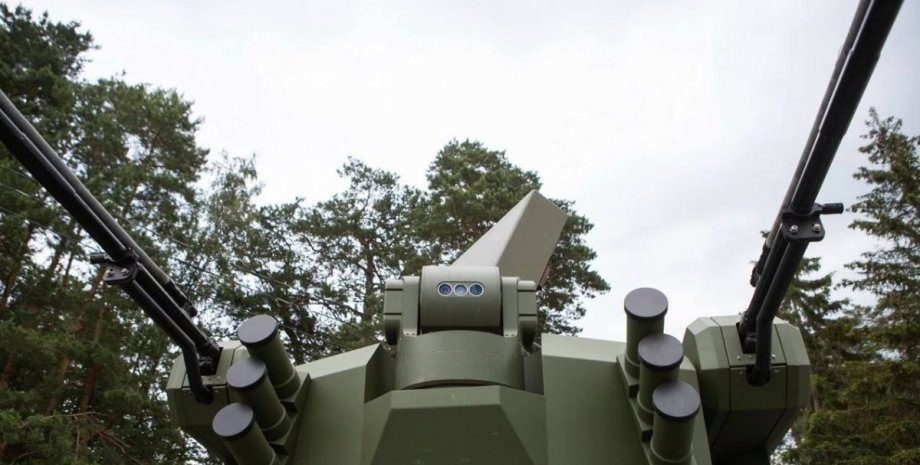
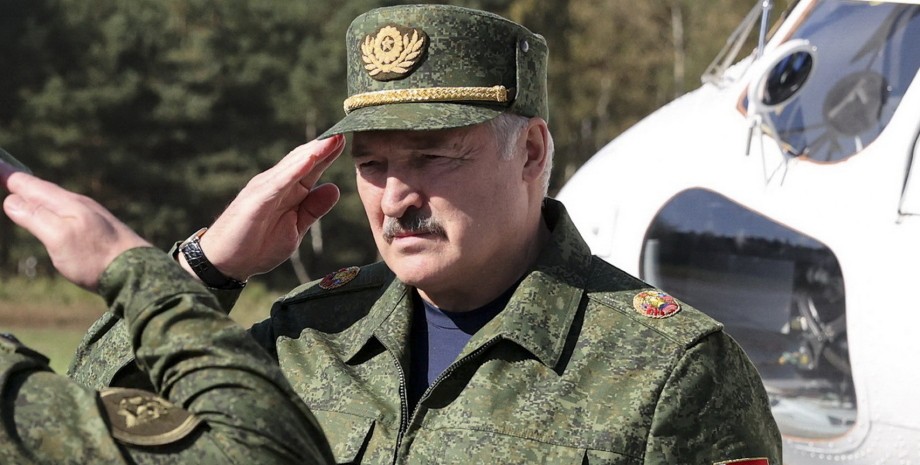
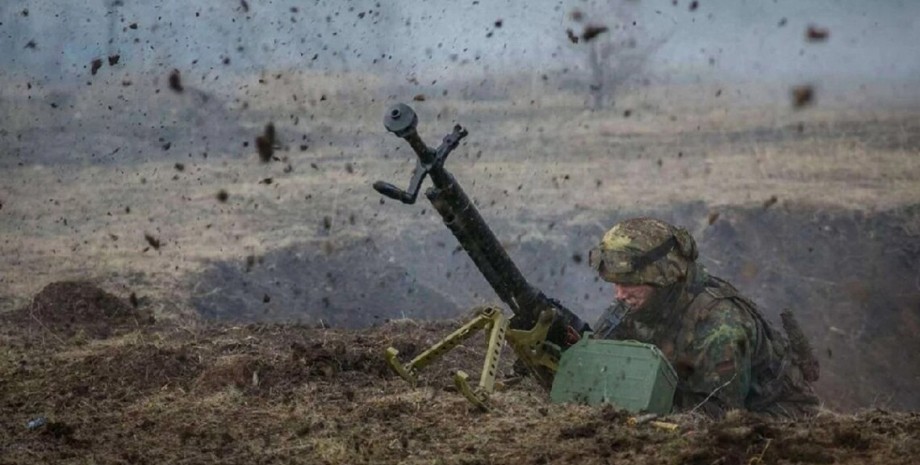

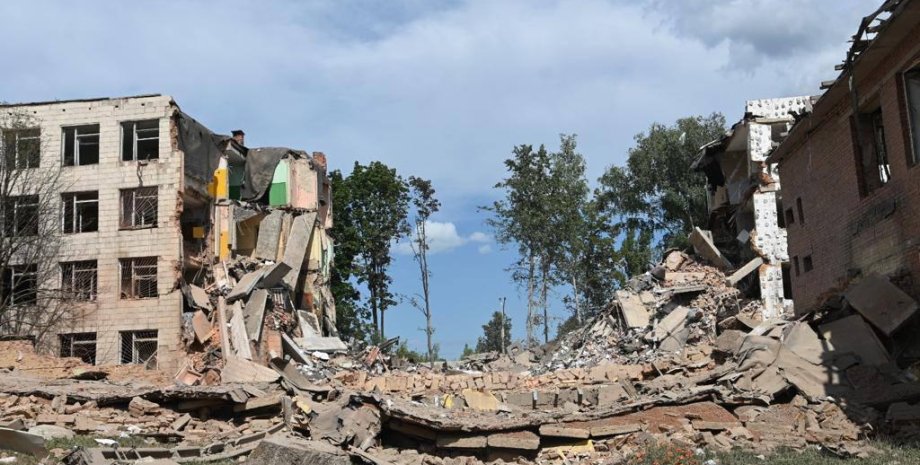
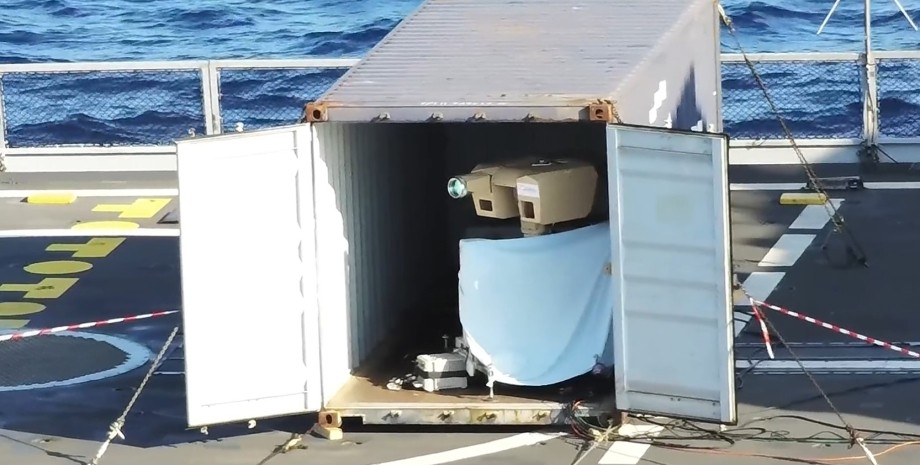
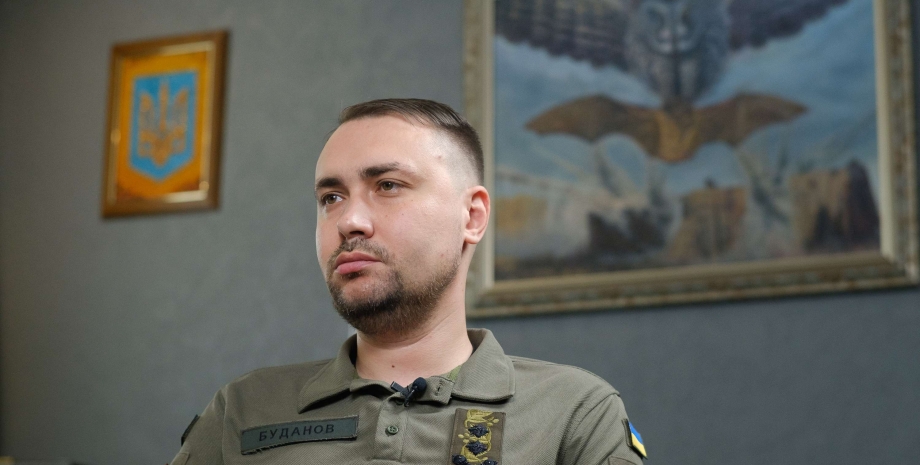
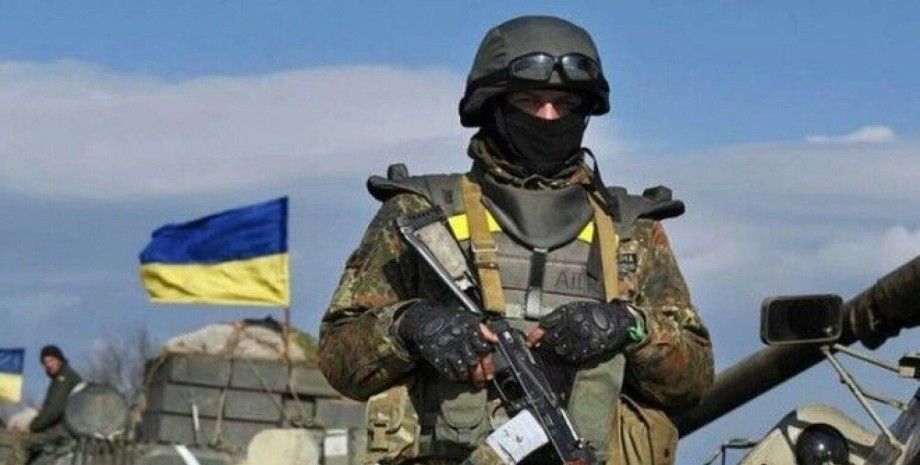
All rights reserved IN-Ukraine.info - 2022